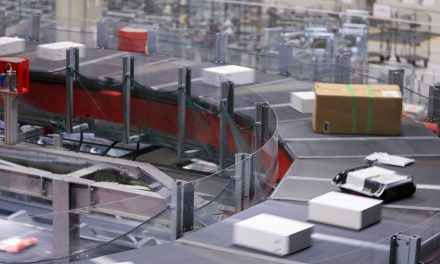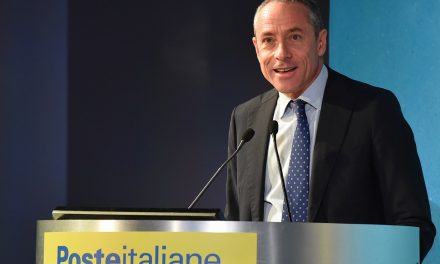
Improvement for Norway Post in 2009
Despite a fall in revenue as a result of the financial crisis and economic slump, Norway Post significantly increased its earnings in 2009. The earnings (EBIT) before non-recurring items and write-downs came to NOK 1,021m, up 50% compared to 2008.
“We are very pleased with our results in 2009 and the fact that they were better than in 2008. Our industry is sensitive to fluctuations in the market and last year was demanding,” said Dag Mejdell, CEO of Norway Post.
The Group’s operating revenues fell by 5.4% last year and came to NOK 27.1bn, compared to NOK 28.7bn in 2008. Norway Post’s revenues were mainly affected by the general economic slump in the market. Lower levels of activity affected the mail, logistics and IT segments.
Improved profitability
Norway Post implemented the Spinnaker efficiency programme in 2008 to deal with the challenges the Group was facing in the market. This programme is intended to in total increase revenues and reduce costs by NOK 2.3bn by 2012. In 2009, the Spinnaker programme has had an effect worth approximately NOK 1bn, which is much better than expected. The measures are one of the main reasons for the solid growth in earnings in 2009.
“We started at an early stage to implement measures to deal with the general decline in the market and the structural challenges facing our sector. We are implementing additional measures to deal with future challenges relating to costs and profitability,” says Mejdell.
The measures implemented last year included the downsizing of the management staff, changes to the terminal structure, conversions to Post in Shops, the winding up of Bring Citymail in Denmark and improvements to the efficiency of the purchasing routines.
Last year, Norway Post received payment for the unprofitable postal and banking services it has to provide under the terms of its licence, so-called government procurements. This also contributed to the improvement in the earnings.
Best quality since 1999
Physical mail is structurally affected by the transition to electronic solutions such as e-mail, e-invoices and online banking. In Norway, the volume of letters fell by 12% in 2009 compared to 2008. Fewer letters, less advertising and lower newspaper subscription figures are behind developments in the letter market.
“We notice that electronic alternatives are replacing the physical distribution of letters, advertisements and newspapers. This trend started at the beginning of the century but the financial crisis has exacerbated it,” says Mejdell.
Norway Post exceeded the licence requirement for the overnight delivery of A-mail in all four quarters of 2009. On an annual basis, 88.3% of A-mail was delivered overnight. This is the best result ever and an improvement of 1.2 percentage points compared to 2008, and 3.3 percentage points higher than the licence requirement of 85%. The good delivery quality showed that the improvement measures implemented over the past few years have had the desired effects. All the other five licence requirements were met with a good margin.
The Nordic region more important for logistics
The Norwegian and Nordic logistics markets are extremely competitive. Customers are becoming Nordic and want more products from the same supplier. The acquisition of companies in 2008 has only partly compensated for the reduction in operating revenues that can be directly linked to the effect of the economic slump on the volumes and price pressure in the market, especially in the groupage, part-load and express sectors. The total volume of parcels was at about the same level as in 2008. The logistics operations outside Norway are becoming increasingly important to the Group and produced 38% of the Logistics Segment’s revenues in 2009.
Lot of new orders for ErgoGroup
The IT Segment’s revenues fell by 8.3% compared to 2008. In Norway, the revenues were on the same level as in 2008. The reduction was due to the difficult market situation in Sweden and a decline in sales to Posten Norge AS. ErgoGroup won a lot of new orders in 2009 and entered into contracts worth NOK 3,589m, which is NOK 519m more than in 2008.












